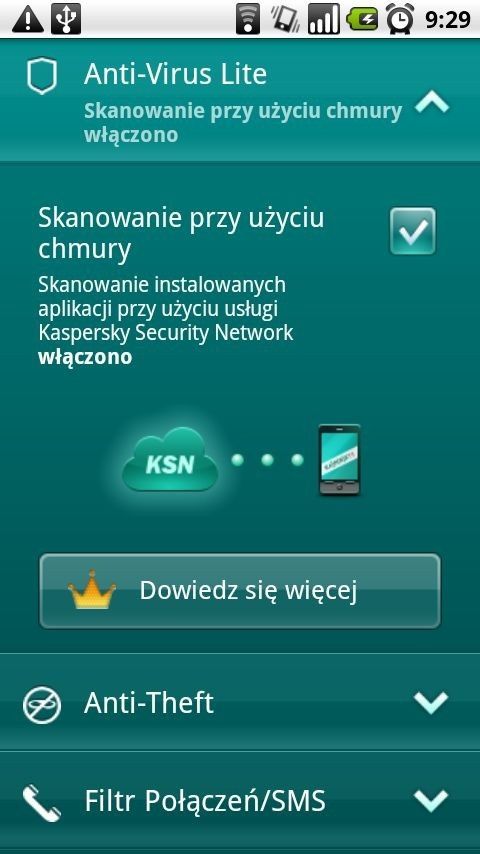



slid from second to ninth place with 2.33%. Most of the attacked users were based in Russia or Germany. (2.82%), a dropper that unpacks and runs a banking Trojan on devices, remained in eighth place. These verdicts are assigned to files recognized as malicious by our machine-learning systems. (5.40%), an evil twin of WhatsApp with a spy module built in, retained fifth position. This family includes fraudulent apps that purchase paid subscriptions on the user’s behalf. Members of the family took fourth and sixth places with 6.07% and 3.43%, respectively. This malware is capable of sending text messages and calling predefined numbers, displaying ads and hiding its icon. rose from third to second place with 10.71%. This is essentially how the latest malware types are detected. Cloud technology is triggered whenever the antivirus databases lack data for detecting a piece of malware, but the antivirus company’s cloud already contains information about the object. * Unique users attacked by this malware as a percentage of all attacked users of Kaspersky mobile solutions.įirst and third places went to (21.90%) and (10.55%), respectively, which are verdicts we use for malware detected with cloud technology. Note that the malware rankings below exclude riskware or PUAs, such as RiskTool or adware. The largest contribution was made by objects belonging to the Mobtes (38.75%), Boogr (21.12%) and Agent (18.98%) families. Various Trojans came close behind with 20.49%, a rise of 5.81 p.p. More than half (60.16%) of the discovered apps of that type belonged to the Robtes family. The previous leader, the RiskTool riskware, moved to second place with 20.81% of all detected threats, a decline of 27.94 p.p. This was followed by the (22.54%) and (8.88%) families. A third of all detected threats of that class were objects of the family (33.21%). In Q2 2022, Kaspersky detected 405,684 malicious installation packages, a reduction of 110,933 from the previous quarter and a year-on-year decline of 480,421.ĭistribution of newly detected mobile malware by type, Q1 and Q2 2022 ( download)Īdware ranked first among all threats detected in Q2 2022 with 25.28%, exceeding the previous quarter’s figure by 8.36 percentage points. This aggressively spreading banking Trojan attacked mainly users in Europe and Australia. The second quarter was also noteworthy for Europol taking down the infrastructure of the FluBot mobile botnet, also known as Polph and Cabassous. The ten most-affected countries include Kenya, Brazil, Peru, Pakistan, Nigeria, Uganda and the Philippines. The majority of users whose devices were found to be infected with this riskware were based in Mexico: a third of the total number of those attacked. On the contrary, the number of attacks by the riskware family (loan apps that request access to users’ text messages, contact list and photos) more than quadrupled from the first quarter. For instance, J-Lightning Application purported to help users to invest into a Polish oil refinery, a Russian energy company, a Chinese cryptocurrency exchange and an American investment fund. Interestingly enough, some fraudulent app creators were targeting users from several countries at once. That said, the total number of attacks by these apps started to decrease. Number of attacks targeting users of Kaspersky mobile solutions, Q1 2020 - Q2 2022 ( download)Īs in the previous quarter, fraudulent apps occupied seven out of twenty leading positions in the malware rankings.


 0 kommentar(er)
0 kommentar(er)
